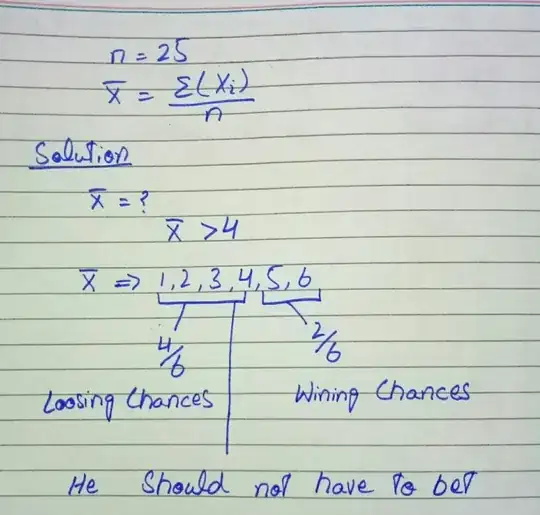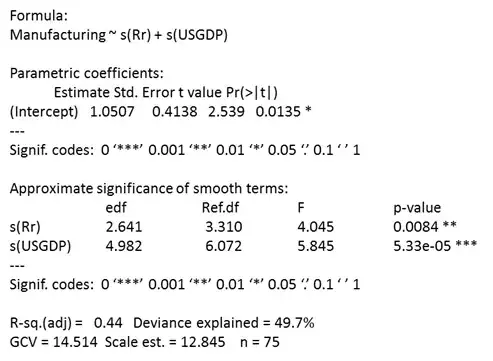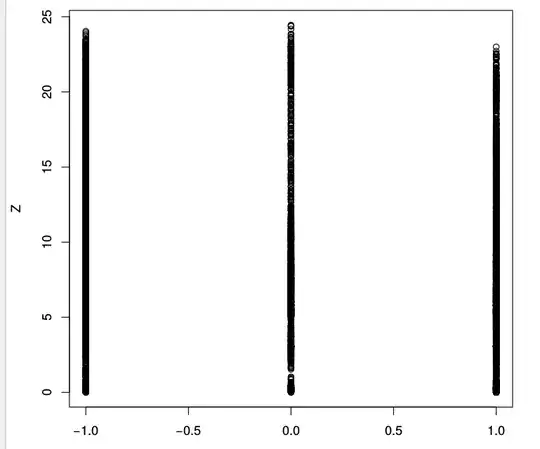I have some hints for you and I suggest you work from there. I might have made errors as well. If you need more help or find an error, leave a comment.
First we write the probability mass function for a having the result $N$ on a single die:
$$prob(N_i)=1/6,\, \text{with }N=1,2,3,4,5,6$$
This is a Discrete Uniform Distribution. All results are equally likely since the die is fair. Now consider the result of summing the faces of 25 rolls of the die and taking the average. The average $S$ is given by the sum of $N_i$ with $i=1,...25$ over 25 where the $N_i$ are i.i.d. distributed as above.
$$S= \frac{N_1 + N_2 + ... +N_{25}}{25}$$
So we ask what is $prob(S>4)$.
For that you first need the probability distribution of $S$. Here is where the hint with the Central Limit Theorem comes in handy. It tells us that we can approximate the density of $prob(S)$ can be approximated as Gaussian with
$$prob(S) \sim \mathcal{N}(\mu,\sigma^2/25)$$
where $\mu$ is the expected value of the uniform distribution from above and $\sigma^2$ is its variance. You can calculate them using the information on this Wikipedia page.
EDIT
If you do not want to use the Gaussian approximation, have a look at the Bates Distribution as suggested by @wolfies.
Do you think you can take it from here?


